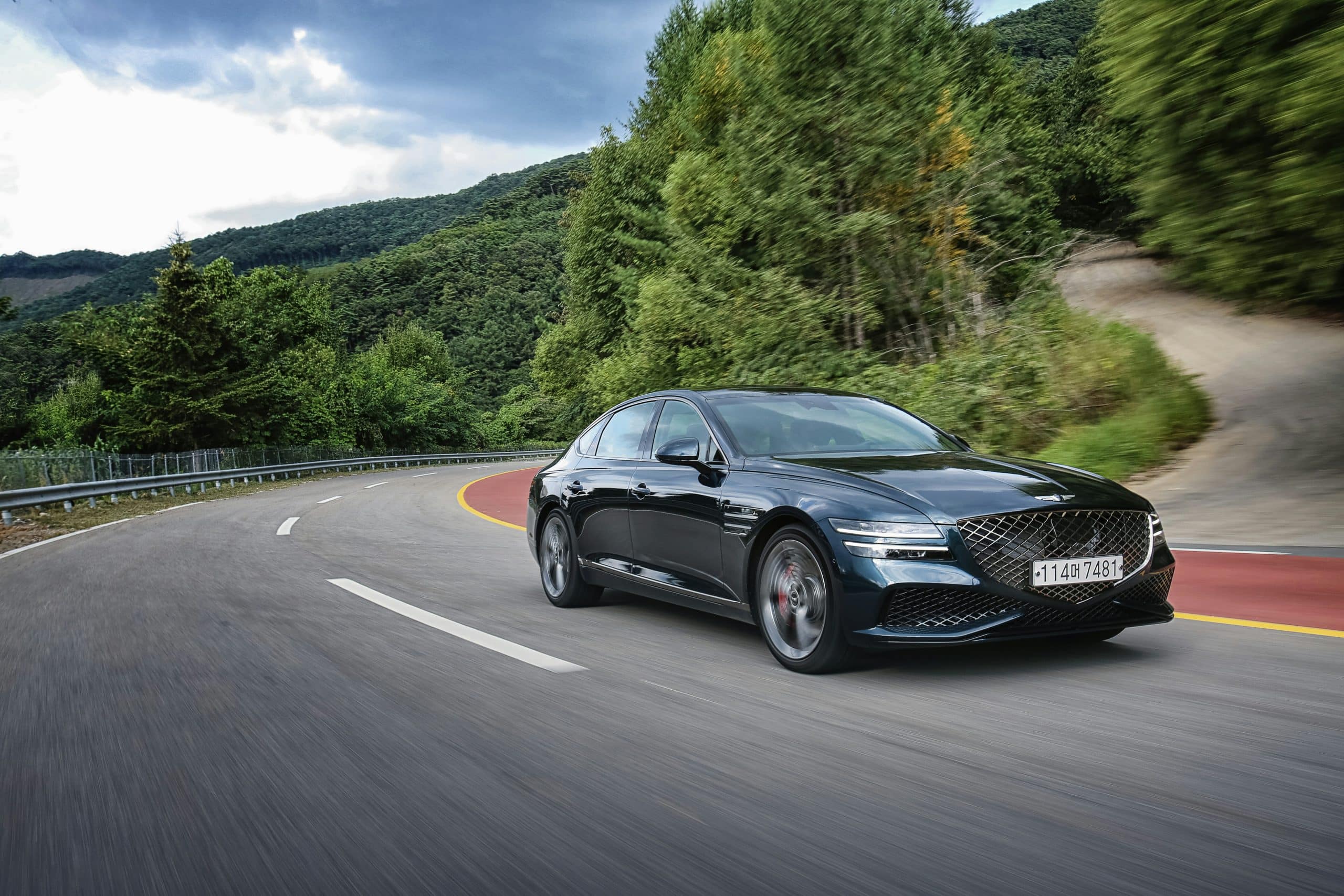As the chill of winter sets in, you may find that your vehicle isn’t performing at its best. This can be due to a number of reasons, but one of the most overlooked is the effect of cold weather on your vehicle’s air intake system.
The air intake system, essentially the lungs of your vehicle, is crucial for the efficient operation of the engine. It draws in cool, oxygen-rich air, mixes it with fuel in the combustion chamber, and exhales the emissions through the exhaust system. In cold weather, however, the density of the air changes, and this can impact the engine’s performance.
In parallel : How to Choose the Right Performance Flywheel for Improved Engine Response?
But don’t worry, aftermarket solutions are available that can help boost your car’s cold weather performance. In this article, we will guide you on the best ways to upgrade your vehicle’s air intake system for optimal performance during the colder months.
Upgrading to a Cold Air Intake System
One of the simplest and most effective ways to enhance your engine’s performance in cold weather is by upgrading to a cold air intake system. Here’s what it entails.
Topic to read : What Are the Benefits of a Dry Carbon Fiber Driveshaft in Reducing Rotational Mass?
A cold air intake system is designed to draw in cooler air from outside the engine compartment. This cooler air is denser and contains more oxygen, which can lead to a more efficient combustion process and result in increased horsepower and better fuel economy. Additionally, these systems usually come with a high-quality air filter that can help to keep out harmful contaminants.
When choosing a cold air intake system, it’s important to consider factors such as the material of the intake tube, the type of filter used, and the ease of installation. A system made from heat-resistant material like aluminium will help keep the air cool, while a filter made from synthetic material will provide superior filtration and require less maintenance than a cotton filter.
Cleaning or Replacing the Air Filter
The air filter plays a pivotal role in your air intake system. Over time, however, it can become clogged with dirt, dust and other contaminants, which can restrict airflow and decrease engine performance. This issue can become even more pronounced in cold weather, as the denser air can carry more particulates.
Regularly cleaning or replacing your air filter can help to ensure that your engine is receiving a sufficient supply of clean, oxygen-rich air. Most manufacturers recommend replacing the air filter every 12,000 to 15,000 miles, or at least once a year. However, if you often drive in dusty or polluted conditions, you may need to replace it more frequently.
Installing an Aftermarket Exhaust System
While not directly related to the air intake, the exhaust system plays a crucial role in the overall performance of your vehicle. A high-performance aftermarket exhaust system can help to improve airflow and increase horsepower, especially in cold weather.
An aftermarket exhaust system works by reducing backpressure – the resistance to exhaust gases flowing out of the engine. This allows the engine to breathe easier, which can lead to more efficient combustion and increased power.
When selecting an aftermarket exhaust system, you should consider factors such as the material it is made from, its size, and its configuration. A system made from stainless steel will offer superior durability and resistance to corrosion, while a larger system will offer better airflow.
Using a Throttle Body Spacer
If you’re after a cost-effective upgrade that can improve your vehicle’s cold weather performance, a throttle body spacer might be worth considering.
A throttle body spacer is a small metal device that is installed between the throttle body and the intake manifold. It’s designed to increase the velocity of the air entering the combustion chamber, which can lead to a more efficient mix of air and fuel.
Installing a throttle body spacer can result in improved throttle response, increased horsepower, and better fuel efficiency. It’s a relatively simple upgrade that can be done with basic hand tools, making it a great option for those who enjoy DIY car modifications.
Using a Block Heater
A block heater, while not directly influencing the air intake system, is an effective device to improve your engine’s cold-weather performance. It warms the engine oil, making it less viscous, and allows the car to start and run more efficiently in freezing temperatures.
While block heaters are generally used in extremely cold climates, their usage can be extended to moderately cold regions for better vehicle performance. Installing a block heater will aid in instant warm-ups and reduce the strain on your engine during cold starts.
Remember, every vehicle is different, and the best setup for your particular make and model may vary. Always consider consulting a professional before undertaking any major modifications to your vehicle’s air intake or exhaust system. Keep your vehicle in top shape during the harsh winter months, and it will serve you well for years to come.
Choosing the Right Heat Shield
When it comes to cold weather performance, an often overlooked component is the heat shield, an essential piece of the air intake system.
A heat shield is a device that is designed to deflect or dissipate heat, thereby protecting other parts of your vehicle from high temperature damage. In the context of the air intake system, a heat shield can prevent heat from the engine from warming up the air before it enters the combustion chamber. This is particularly important in cold weather, as it maximizes the benefits of the cooler, denser air.
When choosing a heat shield, you should consider factors such as its material, design, and fit. Materials such as aluminium and stainless steel are durable and effective at dissipating heat. The design of the heat shield should allow for maximum air flow and effectively protect the intake from engine heat. Lastly, the fit should be perfect for your vehicle’s specific make and model to ensure efficiency and ease of installation.
Installing a heat shield is a relatively straightforward process that can often be done with basic tools. However, for more complex installations, it may be best to consult a professional.
Tuning Your Engine Control Unit (ECU)
Optimizing the programming of your Engine Control Unit (ECU) is another way to boost your vehicle’s cold weather performance, especially in conjunction with the aforementioned air intake upgrades.
The ECU is essentially the brain of your vehicle. It manages a wide range of systems, including the air intake and combustion process. By tuning or reprogramming your ECU, you can optimize these processes for cold weather conditions.
ECU tuning might involve adjusting the air-fuel mixture, ignition timing, and other parameters. These tweaks can help your engine perform more efficiently and deliver more power, even in cold weather.
You can have your ECU professionally tuned or purchase a tuning kit. Remember to choose a reputable tuner or kit, as improper tuning can potentially harm your engine.
Conclusion: Safeguarding the Performance of Your Ride
Upgrading your vehicle’s air intake for cold weather performance is a worthwhile investment. It not only improves your ride’s efficiency but also ensures you maintain a consistent driving experience, irrespective of the weather conditions.
From installing a cold air intake system, cleaning or replacing your air filter, adding an aftermarket exhaust system, using a throttle body spacer, choosing the right heat shield, to tuning your ECU – all these upgrades work in unison to help your engine breathe easier, burn fuel more efficiently, and deliver a better performance.
Lastly, remember not all upgrades may be suitable for all vehicles. It’s always advisable to consult with a professional before making any major changes to your ride. In the end, the goal is to enjoy the thrill of driving your vehicle, even in the coldest weather. Stay safe and enjoy your ride!











